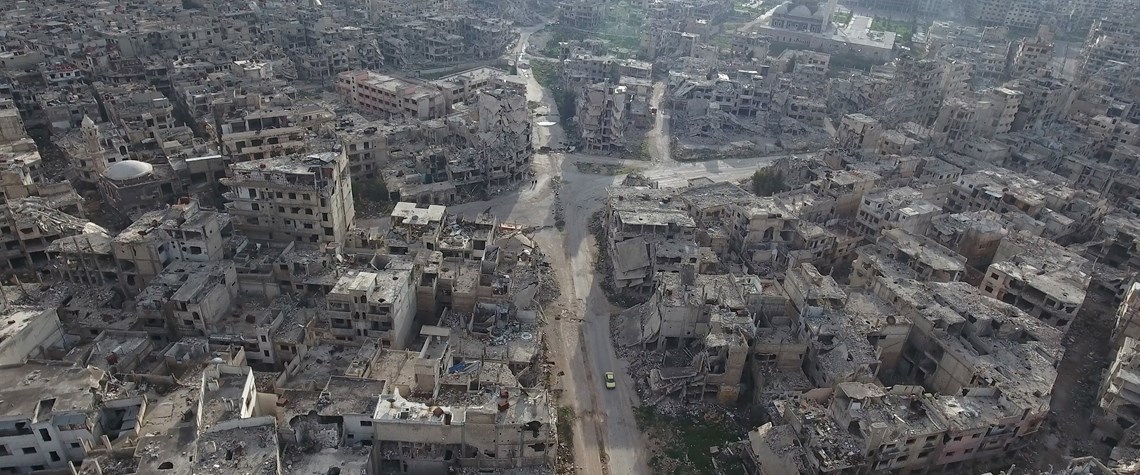Middle East tensions rumbled on in 2018
Oil prices recovered, but old conflicts remained unresolved
The fate of Middle East oil producers in 2018—and producers elsewhere in the world—remained largely in the hands of Saudi Arabia and Russia. Despite rumours of differences in strategy and objectives, the two giants—producing around 40pc of global output—stuck to their guns and maintained production cuts agreed the previous year. It became increasingly clear that the muscle to influence oil markets had passed from Opec to the Saudi-Russian partnership. Iran, once a major energy force to match Saudi Arabia, was forced out of the running by US sanctions which, in November, were extended to the energy sector. Fear of global supply shortages resulting from an anticipated dip in Iranian oil export

Also in this section
12 December 2025
The latest edition of our annual Outlook publication, titled 'The shape of energy to come: Creating unique pathways and managing shifting alliances', is available now
12 December 2025
The federal government is working with Alberta to improve the country’s access to Asian markets and reduce dependence on the US, but there are challenges to their plans
11 December 2025
The removal of the ban on oil and gas exploration and an overhaul of the system sends all the right messages for energy security, affordability and sustainability
10 December 2025
The economic and environmental cost of the seven-year exploration ban will be felt long after its removal







